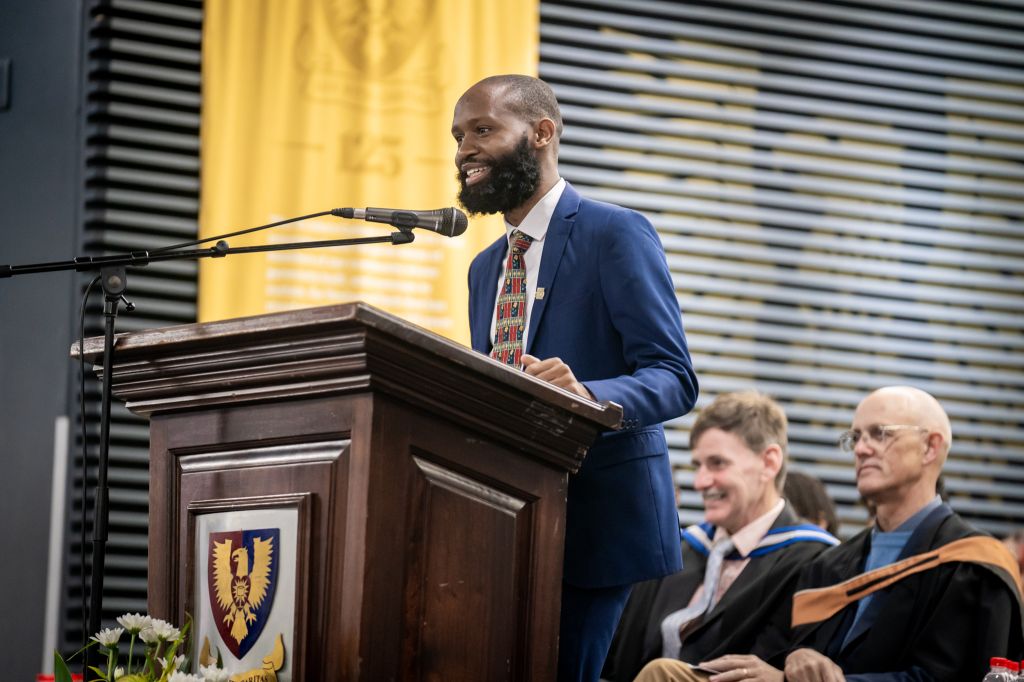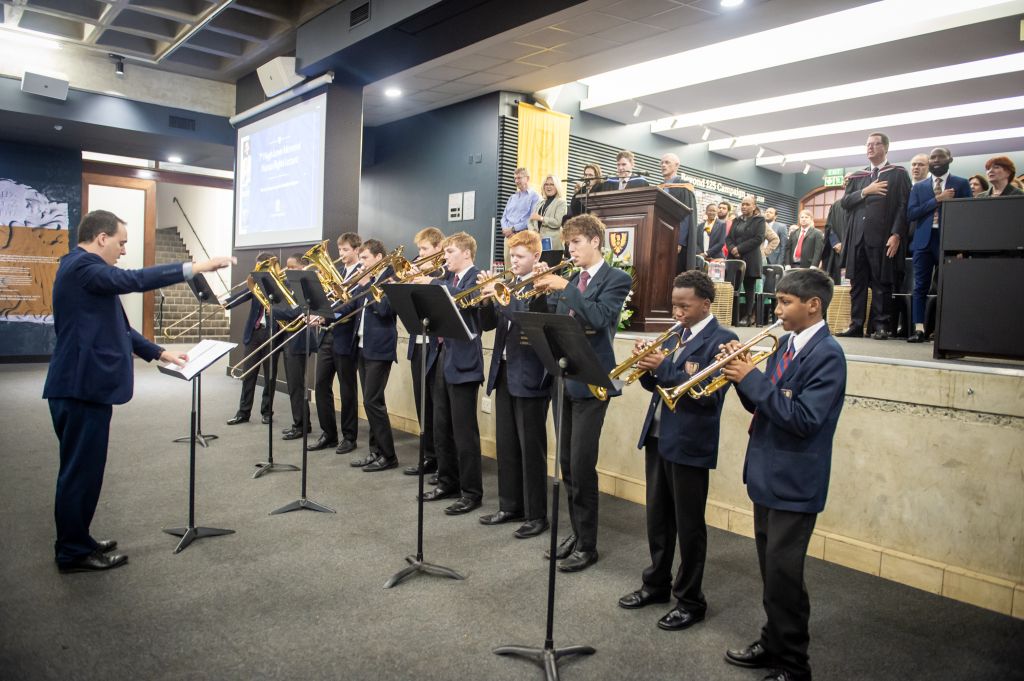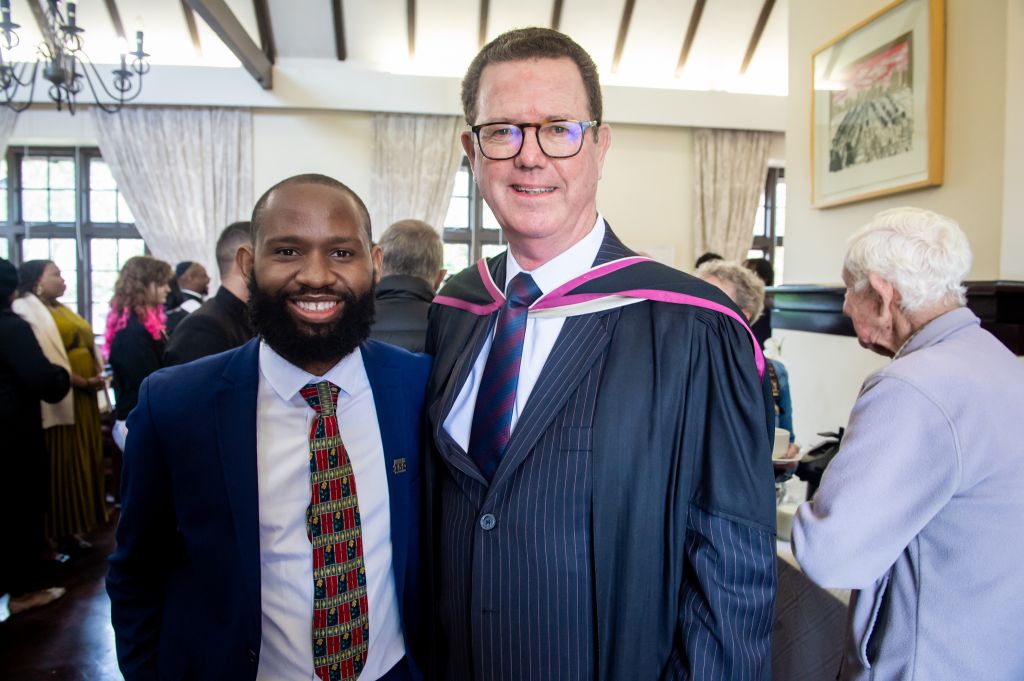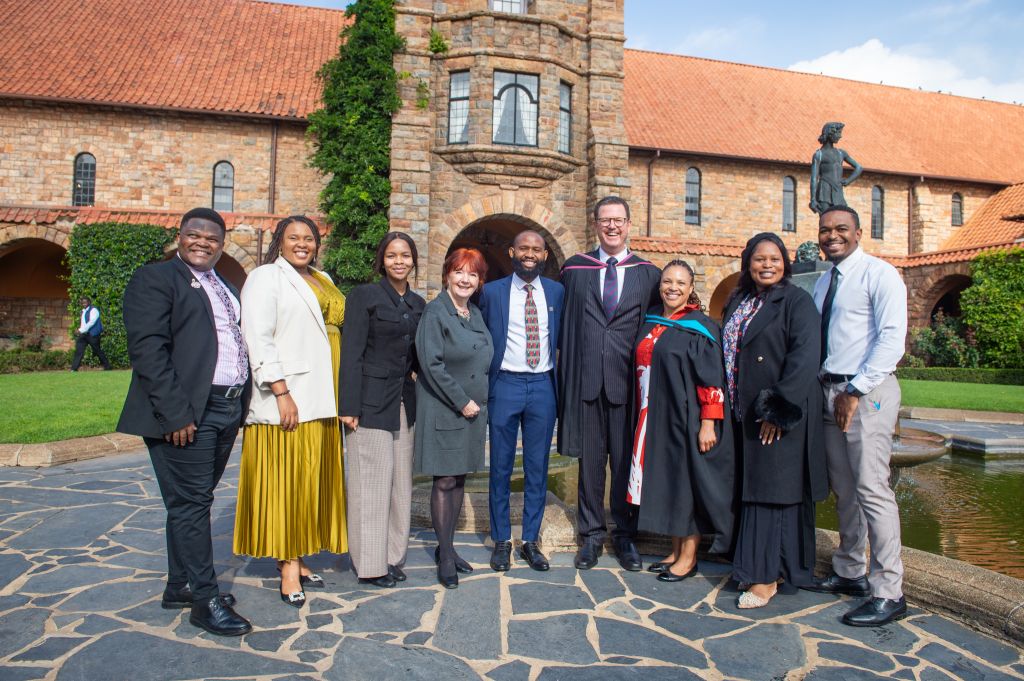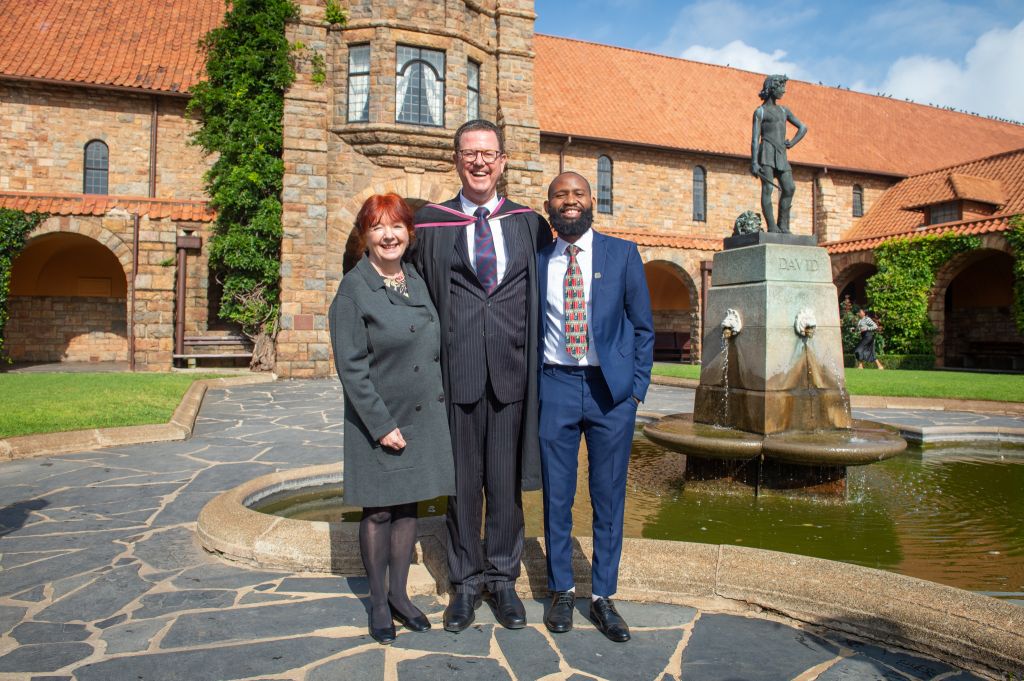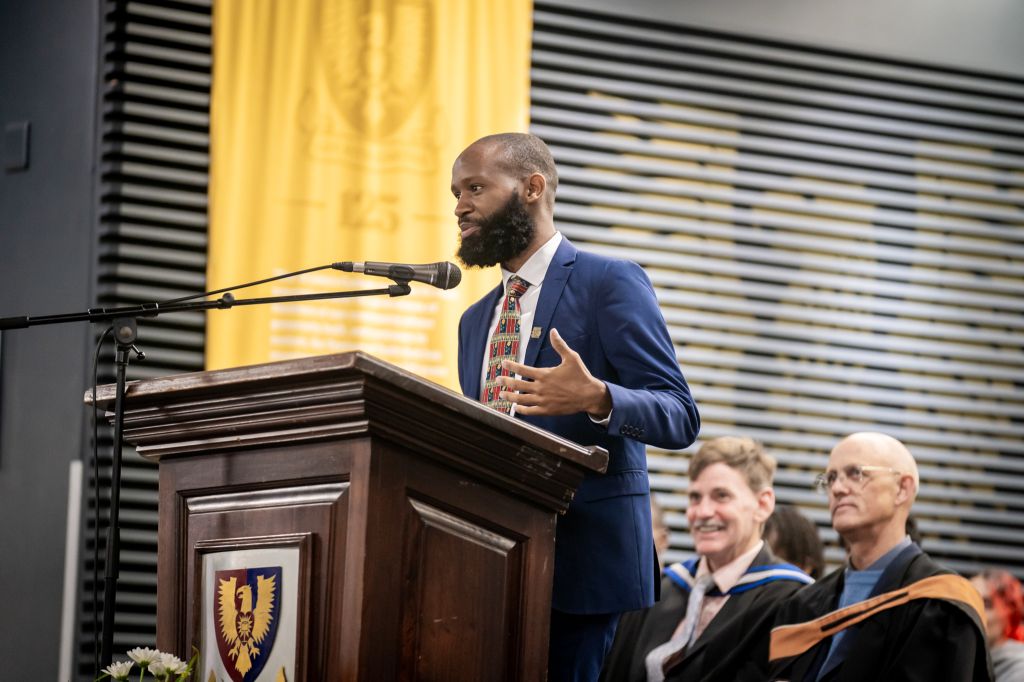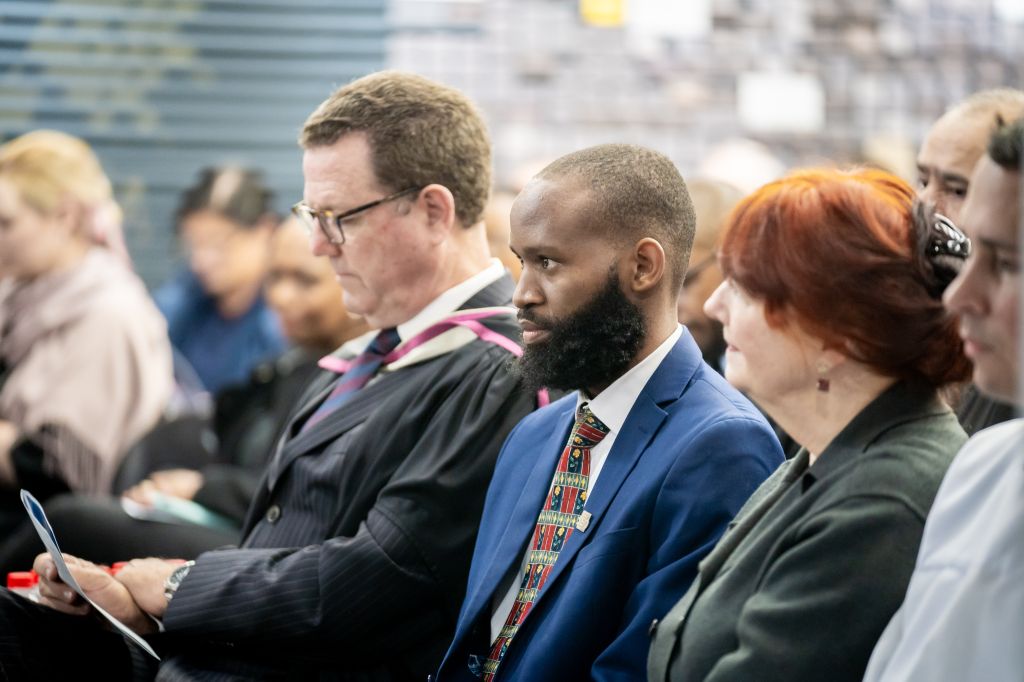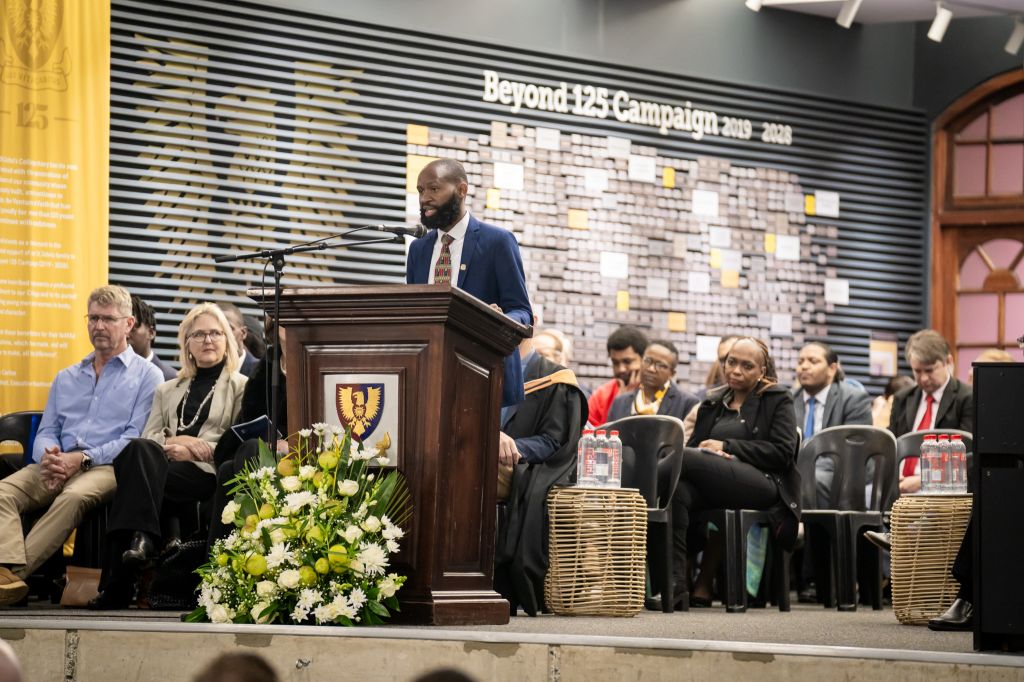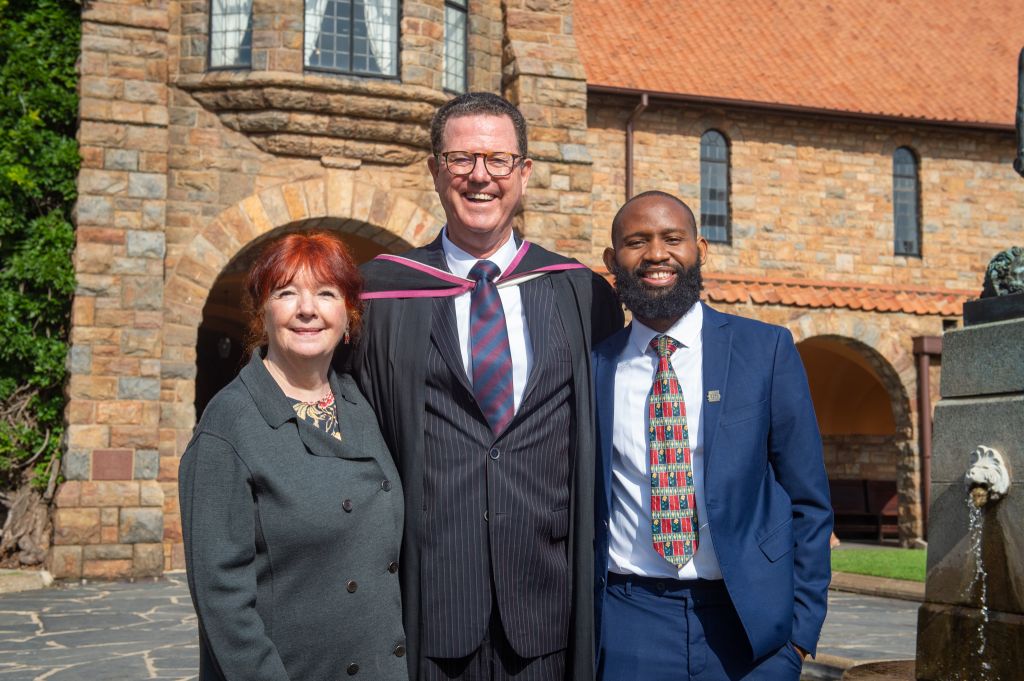Human Rights Day marks a profoundly important moment in our history. It calls us forward to continue cherishing and growing our human rights culture in South Africa and, poignantly, here at St John’s.
It was with great pleasure that we welcomed Mr Wandile Mthiyane to deliver the keynote address at this year's Hugh Lewin Memorial Human Rights Lecture. Mr Mthiyane is an award-winning, world-renowned architect, Obama Leader, TEDx Fellow, and global social entrepreneur who has built his career on the belief that architecture is more than just buildings. It’s about creating homes, both physically and psychologically.
Hugh Lewin (Nash 1956) was a man deeply committed to human rights. From his early stirrings of conscience here at St John’s, sitting under the tutelage of Father Trevor Huddleston, to his later work as a Commissioner on the Truth and Reconciliation Commission, Lewin lived out a life of service and moral courage.
In between those milestones, he studied at Rhodes, spending time with Fort Hare students and doing his best to avoid the attentions of the local Security Branch. He became vice-president for international affairs of the National Union of South African Students in the very year of the Sharpeville massacre, joined the non-racial Liberal Party, and ultimately, the African Resistance Movement (ARM) — a protest organisation committed to highlighting opposition to apartheid through sabotage that targeted infrastructure but harmed no one. The sheer terror of those acts is captured in his haunting poem Pylon.
It has been said he was perhaps the finest South African poet of his generation, writing in English. He was certainly a brilliant journalist, contributing to Drum and later The Observer in London, always working to further the cause of civil liberties.
But fighting for our unalienable rights is never easy, and it was especially difficult 60 years ago. Lewin came to believe that objection alone was not enough, and, as difficult as he found it, he felt compelled to act. That sense of moral clarity is perhaps what links him so strongly to this College, aside from his wry remark that boarding school prepares one rather well for the harshness of prison food!
There is, though, another St John’s connection. This story, pieced together through conversations with OJs James Ridley (Nash 1958 | Sixth Form 1959), Spencer Gear (Thomson 1960), newspaper archives, and other sources, sheds light on a lesser-known moment in Lewin’s story. As the Security Branch closed in on the ARM, explosives still hidden by the group posed a real threat. It seems Lewin suggested a place he knew well to dispose of them — the open veld around what is now our D Field and the Pre-Prep. And so, late one Thursday night (or more likely, early the next morning), there was a massive explosion, followed shortly by another. The headlines on 1 December 1962 read: “Schoolboys could be hanged: Explosive prank falls under sabotage act.” We blamed KES. KES denied it. As far as we can tell, the real culprits — the ARM and, almost certainly, Hugh Lewin — were never identified. Poor Spencer Gear was terrified. Much of the damage was actually caused by his own digging of a hide-out in the embankment, and he feared he’d be the one charged under the Sabotage Act.
And so we return to that moment — that fear, that courage — and to Lewin’s own words in Pylon, written years later, where the fear of action is palpable, yet so too is the resolve:
… by day it looked quite close
just across the first dip …
but at night, the dried stalks in the dark earth
clutch uneasily at your ankles, prolonging sounds
and you hope to God it’s only you and the dark to hear them …
It is in this spirit of walking through darkness with courage and clarity that we gather today. I am sure we will learn more from our speaker about what it means to act in the face of injustice and be inspired to do the same. — An excerpt from the welcome by Mr Peter Wright, Senior Deputy

